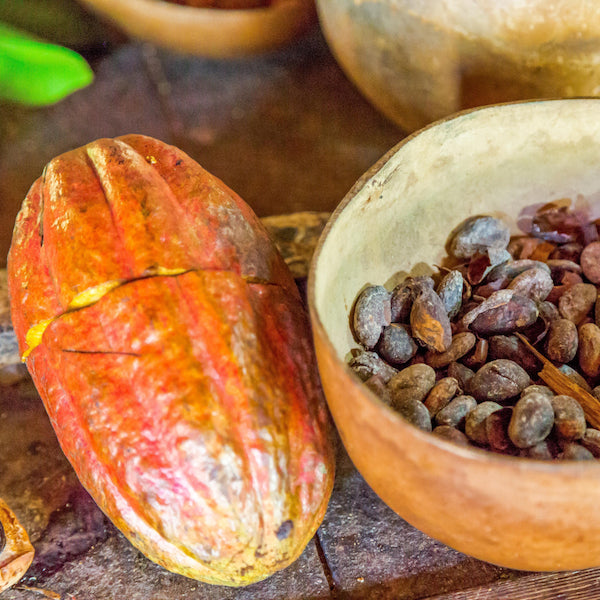In ancient Greece, kykeon was commonly drunk to break fasts and was traditionally made from water, barley and a type of mint. It was also said to contain psychoactive elements (which heightened the consumer’s experience). Noted for its digestive properties – in Aristophanes’ Peace (v. 712), Hermes recommends it to the hero who ate too much dry fruit and nuts.
The origins of kykeon are from the Eleusinian Mysteries, which were rites of passage held every year for the cult of Demeter and Persephone based at Eleusis in ancient Greece. They are the most famous of the secret religious rites of ancient Greece. Their basis was an old agrarian cult, and there is some evidence that they were derived from the religious practices of the Mycenean period (1,600 – 1,100 BC).
The rituals were a celebration of the harvest cycles, principally based upon the Greek myth of Demeter, the goddess of grain and agriculture and her daughter Persephone, who was carried off by Hades, the god of the Underworld. In her desolation at her daughter’s abduction, she caused the rivers to run dry. No crops could grow, and humans began to starve.
Persephone became known as the goddess of vegetation, due to the intricate plant-based bargaining that led to her return. She was permitted to live above ground with her mother for nine months of each year. But because she had eaten three pomegranate seeds during her time in the Underworld, she was to return there to Hades for three months.
When Persephone returned to Demeter, Demeter caused the rivers to run, plants to grow, and the sun to shine. When Persephone left Demeter each year to spend three months with Hades, Demeter would grieve, and make the weather harsh again. This is the mythical basis for the changing of the seasons. A primary focus of the Eleusinian Mysteries was to celebrate the yearly passing of winter and the restoration of the earth’s fertile periods.
It was a major festival during the Hellenic era, and later spread to Rome. Similar religious rites appear in the agricultural societies of Near East and in Minoan Crete.
Kykeon has also been noted in numerous ancient Greek texts. In The Homeric Hymn to Demeter, the goddess refuses red wine but accepts kykeon. Kykeon has appeared in the Iliad and the Odyssey, and Theophrastus, in his Characters (IV, 2–3), depicts a peasant who goes to the Ecclesia drunk with kykeon.
Research has gone into why so many people over the span of two millennia could have consistently experienced revelatory states during the culminating ceremony of the Eleusinian Mysteries. One proposition, put forward by Albert Hofmann, the scientist who synthesized LSD in 1938, is that the barley used in the Eleusinian kykeon was parasitised by ergot, and that the psychoactive properties of that fungus triggered the intense experiences alluded to by the participants at Eleusis. Other theories include psychedelic mushrooms being added to the mix or being cultivated on the grain itself.
With the advent of the Holy Roman Empire, the Mysteries were banned and the concept of kykeon slowly faded away.
We have resurrected the traditional blend, in addition to creating a modern blend, both as an homage to Ancient Greece and both are Great Taste Award winners.

















